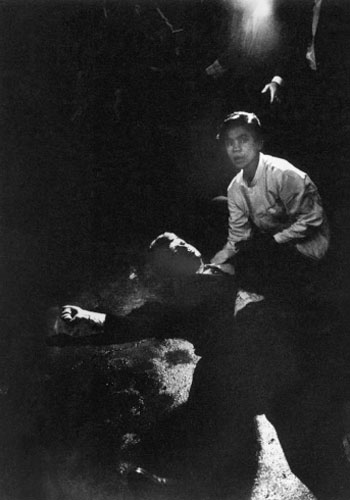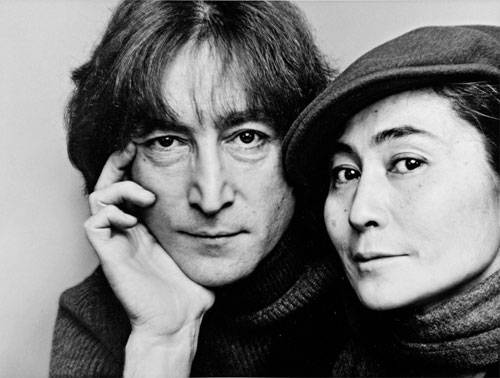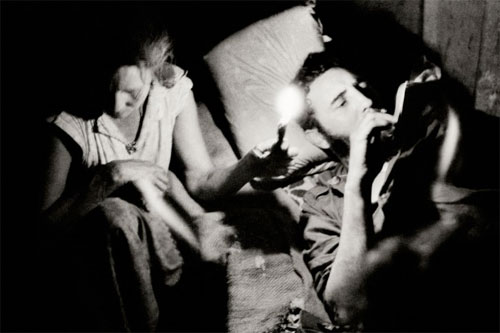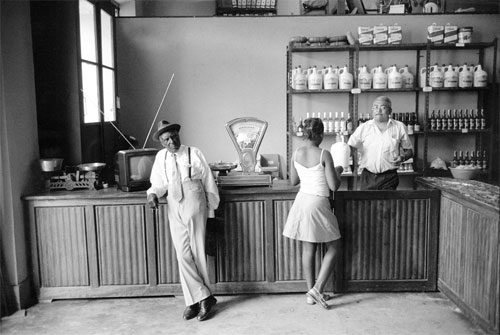In memoriam of incredible photographers who left us in 2013. We will always remember their work and the man/woman behind the camera. You might not know them all but each one is worthy of remembrance for pursuing till the end the passion we share with them: photography.
Bill Eppridge (1938 - 2013)
Bill Eppridge holds degrees from the University of Toronto and the University of Missouri. He worked at National Geographic and from there moved to LIFE magazine, where he became a staff photographer. Eppridge covered a wide range of stories for LIFE including the civil rights movement, Vietnam, the arrival of the Beatles to the United States, Woodstock; homosexuals in San Francisco and Los Angeles, and heroin addicts in New York. He is perhaps best known for his work on political campaigns, particularly his photograph of Juan Romero, busboy at the Ambassador Hotel in Los Angeles, kneeling to help Robert F. Kennedy after he was shot by Sirhan B. Sirhan during Kennedy's 1968 Presidential campaign. After LIFE ceased publication in 1972, Eppridge worked for other Time Inc. magazines and eventually landed at Sports Illustrated, where he photographed numerous Winter Olympics.
Mary O'Donnell Hulme
Jack Mitchell (1925 - 2013)
Jack Mitchell was an American photographer. He photographed American artists, dancers, film and theatre performers, musicians and writers. His portraiture, lighting skill, and ability to capture dancers in what he termed "moving stills" made him one of the most important dance photographers of the 20th century.
He photographed the Alvin Ailey American Dance Theater for three decades, producing a body of work that includes over ten thousand images. He was the official photographer of the American Ballet Theater for a decade and also photographed dancers for other top ballet companies in the US and Canada.
His work appeared in major newspapers and on the cover of major magazines, including over 160 covers of Dance Magazine. Arts Magazine called him the first photographer to treat creative individuals as characters outside of their works. Smithsonian called him the benchmark by which other dance photographers assessed their own work.
Bert Stern (1929 - 2013)
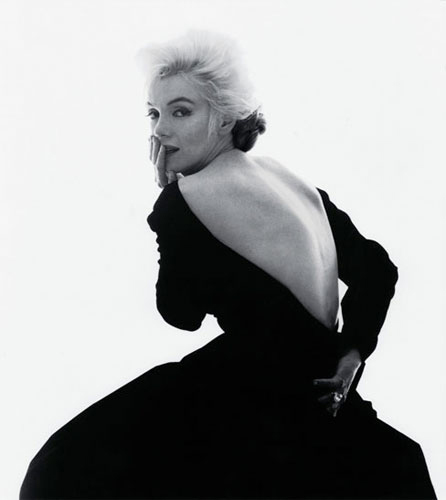


Bertram Stern (October 3, 1929 – June 26, 2013) was a self-taught American commercial photographer. He was the son of Jewish immigrants and grew up in Brooklyn. His father worked as a children’s portrait photographer. After dropping out of high school at the age of 16, he gained a job in the mail room at Look magazine. He became art director at Mayfair magazine, where Stern learned how to develop film and make contact sheets, and started taking his own pictures. In 1951, Stern was drafted into the US Army and was sent to Japan and assigned to the photographic department. In the 1960s Stern's heavy use of amphetamines, led to the destruction to his marriage to Balanchine ballerina, Allegra Kent. By the late 1970s Stern returned to the U.S. to photograph portraits and fashion. He was the subject of the 2010 documentary, "Bert Stern: Original Madman," directed by his secret wife, Shannah Laumeister. Ms. Laumeister and Stern never lived together, and Stern had a long standing relationship of 20+ years with Lynette Lavender who was his constant and devoted companion. His first professional assignment was in 1955 for a Madison Avenue advertising agency for Smirnoff vodka. His best known work is arguably The Last Sitting, is a collection of 2,500 photographs taken for Vogue of Marilyn Monroe over a three-day period, six weeks before her death. Stern's book The Last Sitting was published in 1982 and again in 2000. He has photographed Audrey Hepburn, Elizabeth Taylor, Madonna, Kylie Minogue, Drew Barrymore and Lindsay Lohan (recreating The Last Sitting), among others, in addition to his work for advertising and travel publications.
Deborah Turbeville (1932 - 2013)
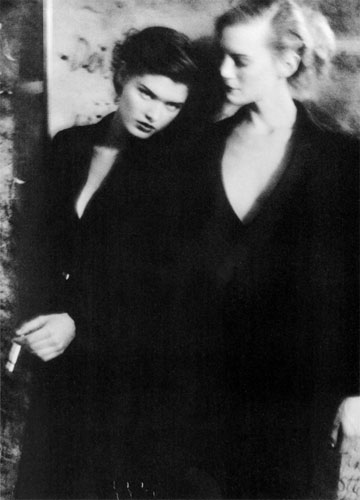


Deborah Lou Turbeville (July 6, 1932 - October 24, 2013) was an American fashion photographer. Although she started out as a fashion editor at Harper's Bazaar, she became a photographer in the 1970s.
She is widely credited with adding a darker, more brooding element to fashion photography, beginning in the early 1970s - she, Guy Bourdin and Helmut Newton changed it from traditional, well-lit images into something much more "edgy" looking. However, unlike the "urban erotic underworld" portrayed by her contemporaries, Turbeville's aesthetic tended towards "dreamy and mysterious," a delicate female gaze. She was the only woman and only American among this trio. In 2009, Women's Wear Daily wrote that Turbeville transformed "fashion photography into avant-garde art."
Her photographs appeared in numerous publications and fashion advertisements, including ads for Bloomingdale's, Bruno Magli, Nike, Ralph Lauren and Macy's.
Born in 1932 in Stoneham, Massachusetts, Turbeville died from lung cancer at St. Luke's-Roosevelt Hospital Center in Manhattan on October 24, 2013, at the age of 81.
Wayne Miller (1918 - 2013)
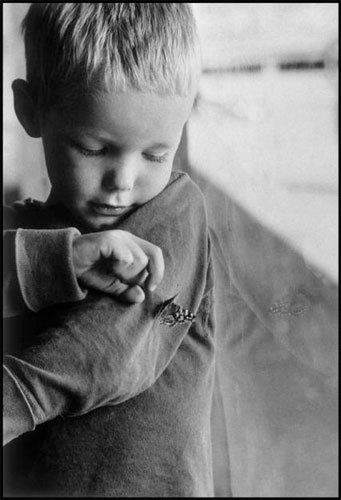


Born in Chicago, Wayne Miller studied banking at the University of Illinois, Urbana, while working part-time as a photographer. He went on to study photography at the Art Center School of Los Angeles from 1941 to 1942.
Miller served in the United States Navy, where he was assigned to Edward Steichen's Naval Aviation Unit. After the war he settled in Chicago and worked as a freelancer. In 1946-48, he won two consecutive Guggenheim Fellowships and photographed African-Americans in the northern states.
Miller taught photography at the Institute of Design in Chicago, then in 1949 moved to Orinda, California, and worked for LIFE until 1953. For the next two years he was Edward Steichen's assistant on the Museum of Modern Art's historic exhibit, The Family of Man. A long-time member of the American Society of Magazine Photographers, he was named its chairman in the summer of 1954. He became a member of Magnum Photos in 1958, and served as its president from 1962 to 1966. His ambition throughout this period was, in his words, to "photograph mankind and explain man to man".
Having been active in environmental causes since the 1960s, Miller then went to work with the National Park Service. He joined the Corporation of Public Broadcasting as executive director of the Public Broadcasting Environmental Center in 1970. After he retired from professional photography in 1975, he devoted himself to protection of California's forests. Along the way, Miller co-authored A Baby's First Year with Dr Benjamin Spock, and wrote his own book, The World is Young.
Saul Leiter (1923 - 2013)
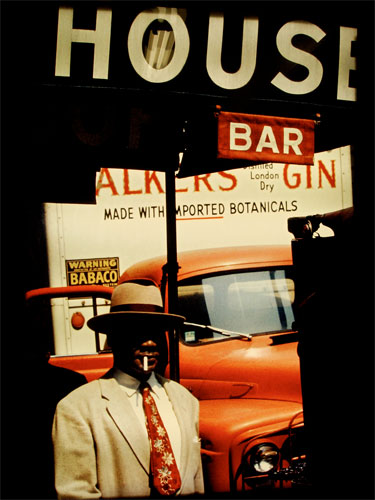


Saul Leiter is an American photographer and painter whose early work in the 1940s and 1950s was an important contribution to what came to be recognized as The New York School. Saul Leiter was born in Pittsburgh, Pennsylvania. His father was a well known Talmud scholar and Saul studied to become a Rabbi. His mother gave him a Detrola camera at age 12. At age 23, he left theology school and moved to New York City to become an artist. He had developed an early interest in painting and was fortunate to meet the Abstract Expressionist painter Richard Pousette-Dart. Pousette-Dart and W. Eugene Smith encouraged Saul to pursue photography and he was soon taking black and white pictures with a 35 mm Leica, which he acquired by exchanging a few Eugene Smith prints for it. In 1948, he started taking color photographs. He began associating with other contemporary photographers such as Robert Frank and Diane Arbus and helped form what Jane Livingston has termed The New York School of photographers during the 1940s and 1950s.
Enrique Meneses (1929 - 2013)
Enrique Meneses made his journalistic debut at the age of 17 when the bullfighter Manolete was killed. In the following years his work drew him to Cuba , Africa and the Balkans, among others . He reported on the Suez crisis , the Bosnian war and other international conflicts. Photos of Picasso , the Dalai Lama and Hussein of Jordan are also among his works.
Meneses achieved his real fame with photos of Fidel Castro, Che Guevara and other guerrilla fighters against the dictatorship of Fulgencio Batista, taken during his four-month stay in 1957 and 1958 in the Cuban Sierra Maestra . The negatives of the photos he took there, hidden from Batista's security forces, were first smuggled to Miami in a girl's underpants and later appeared in the French magazine Paris Match, thus helping to make the Cuban revolution known around the world. Meneses was arrested by police and beaten during his six days in detention. He never returned to Cuba.
Benoit Gysembergh (1954 - 2013)
This humble photoreporter established himself at Paris Match in 1977, he was 22. He never left the magazine Paris Match, which is a testament to his loyalty. His work brought him to the deserts of Eritrea, the jungle of Cambodia, El Salvador, Rwanda, Bosnia and Lebanon. He shot stories spanning from the mole children of Columbia to prostitutes in Amsterdam. Over the course of his career he traveled the planet, reporting on human struggle on the four corners of the Earth. With modesty and humility, his work covered the pages of Paris Match. His images were poignant and moving. Many were published the world over.
He also reported on Mother Nature: volcanic eruptions in the Caribbean, fires in Corsica, and astonishing images of the length of the Equator.
You often called us to draw our attention to the work of a young photographer that you had picked up on.
You were always willing to offer advice. It was just one of the many aspects of your generosity.
Balthazar Korab (1926 - 2013 )
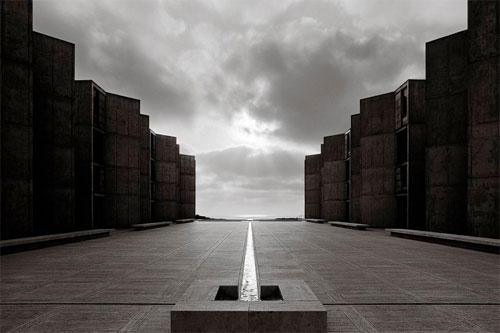


Balthazar Korab (Hungarian: Koráb Boldizsár; 1926–2013) was a Hungarian-American photographer based in Detroit, Michigan specializing in architectural, art and landscape photography.
Korab was born in Budapest, Hungary, and migrated to France after fleeing from Hungary's communist government in 1949. At the École des beaux-arts in Paris, he completed a diploma of architecture in 1954. For a time, he was a journeyman under the direction of leading European architects, including Le Corbusier.
In 1955, Korab arrived in the United States, and Eero Saarinen employed him to photograph the architectural design process. The architectural community in Detroit has embraced Korab's career, and many firms have retained him to document their building and private home projects. In 1956 he was awarded fourth place in the international design competition for the Sydney Opera House. Korab documented the 1966 flood of the Arno in Florence, Italy.
In 1994, American President Bill Clinton presented a portfolio of Balthazar Korab's photography to Árpád Göncz, the president of Hungary. Korab died on January 15, 2013 after a long battle with Parkinson's disease. He is survived by his wife Monica and two children, Christian and Alexandra. Today, Korab's collection is held at the Library of Congress.
Abigail Heyman (1942 - 2013)
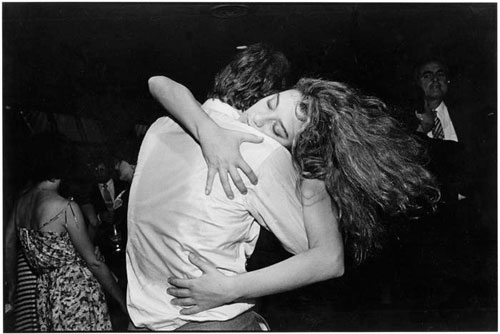


Abigail Heyman was an American feminist and photojournalist, known for her 1974 book, Growing Up Female: A Personal Photo-Journal. Heyman was born in Danbury, Connecticut, to real estate developer Lazarus Heyman and Annette Heyman. She attended Sarah Lawrence College, graduating in 1964, and embarked on a career as a photographer. Her first photography exhibit was in 1972, and in 1974 she published the book that won her acclaim, Growing Up Female: A Personal Photo-Journal.[1] She soon after published another book, this time focusing on working women: Butcher, Baker, Cabinetmaker (1978). In the late 1970s Charles Harbutt invited Heyman to join Magnum Photos, one of the first women to be so invited. In 1981, Heyman, along with Harbutt, Mark Godfrey, Mary Ellen Mark, and Joan Liftin, co-founded Archive Pictures Inc., an international documentary photographers' cooperative.In the 1990s, Heyman joined the International Center of Photography in Manhattan as director of the documentary and photojournalism department. She was married twice, and had one son, Lazar Bloch.
